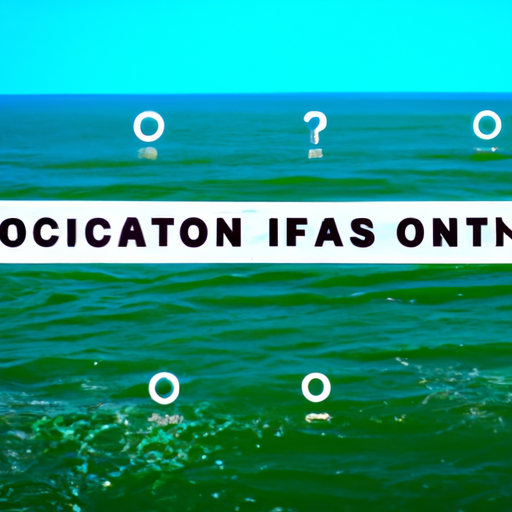-
Table of Contents
Ocean Pollution Percentage

Ocean pollution is a pressing issue that affects the health and well-being of our planet. It is estimated that a significant percentage of the world’s oceans are polluted, posing a threat to marine life and ecosystems. The exact percentage of ocean pollution varies depending on the source and the specific area being studied. However, it is widely acknowledged that a substantial portion of the ocean is contaminated by various pollutants.
According to recent studies, approximately 80% of marine pollution comes from land-based sources, such as industrial and agricultural activities, sewage, and plastic waste. These pollutants find their way into rivers and eventually flow into the ocean, causing widespread contamination. The remaining 20% of marine pollution is attributed to activities that occur directly in the ocean, such as oil spills, shipping accidents, and offshore drilling.
Marine Contamination Extent
The extent of marine contamination is alarming, with pollution affecting even the most remote and pristine areas of the ocean. One example of this is the Great Pacific Garbage Patch, a massive collection of floating plastic debris located between Hawaii and California. It is estimated to be twice the size of Texas and contains approximately 1.8 trillion pieces of plastic. This patch is just one of many similar garbage patches found in different parts of the world’s oceans.
In addition to plastic pollution, other contaminants such as heavy metals, pesticides, and oil also contribute to the degradation of marine ecosystems. These pollutants can have devastating effects on marine life, including fish, seabirds, and marine mammals. They can disrupt reproductive cycles, cause genetic mutations, and even lead to the death of entire populations.
Sea Life Threats
The pollution of the ocean poses significant threats to sea life, jeopardizing the delicate balance of marine ecosystems. One of the most affected species is coral reefs, which are home to a vast array of marine biodiversity. Coral reefs are highly sensitive to pollution, and even small increases in water temperature or pollution levels can lead to coral bleaching and eventual death.
Furthermore, marine pollution has a detrimental impact on fish populations. Many fish species ingest plastic particles, mistaking them for food. This not only leads to the accumulation of toxins in their bodies but also disrupts their feeding habits and reproductive cycles. As a result, fish populations decline, affecting not only marine ecosystems but also the livelihoods of millions of people who depend on fishing for their sustenance.
What percentage of the ocean is polluted?
It is challenging to determine the exact percentage of the ocean that is polluted due to the vastness and complexity of marine ecosystems. However, studies suggest that a significant portion of the world’s oceans is affected by pollution. The Great Pacific Garbage Patch alone covers an area larger than many countries, highlighting the extent of the problem.
While it is difficult to provide an exact figure, it is safe to say that a substantial percentage of the ocean is polluted. The 80% of marine pollution originating from land-based sources is a clear indication of the widespread contamination. Additionally, the presence of multiple garbage patches and the impact of pollution on coral reefs and fish populations further emphasize the severity of the issue.
Conclusion
Ocean pollution is a global problem that demands immediate attention and action. The percentage of the ocean that is polluted may vary depending on the specific area and the type of pollution being considered. However, it is evident that a significant portion of the world’s oceans is contaminated, posing a threat to marine life and ecosystems.
To address this issue, it is crucial for governments, industries, and individuals to take responsibility and adopt sustainable practices. This includes reducing plastic waste, improving waste management systems, and promoting environmentally friendly alternatives. By working together, we can protect our oceans and ensure a healthier future for both marine life and humanity.